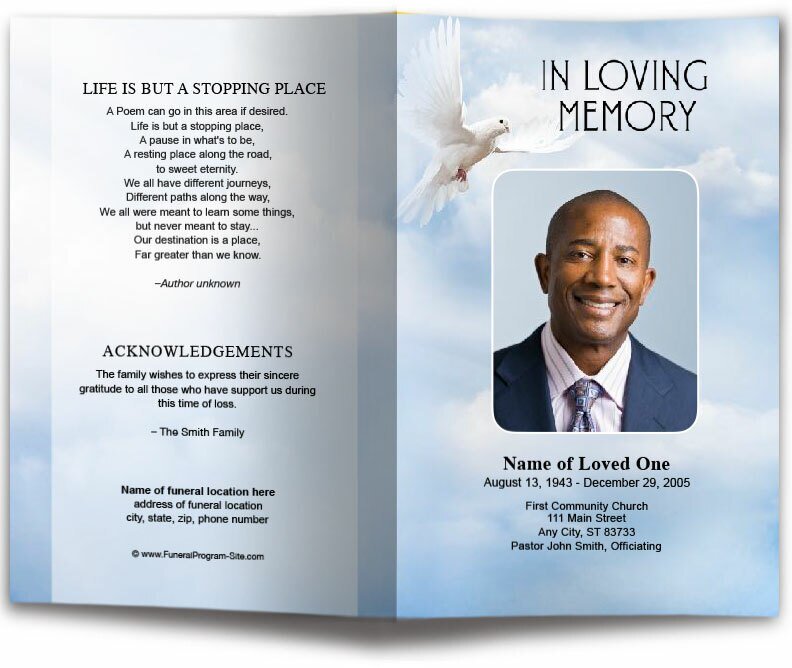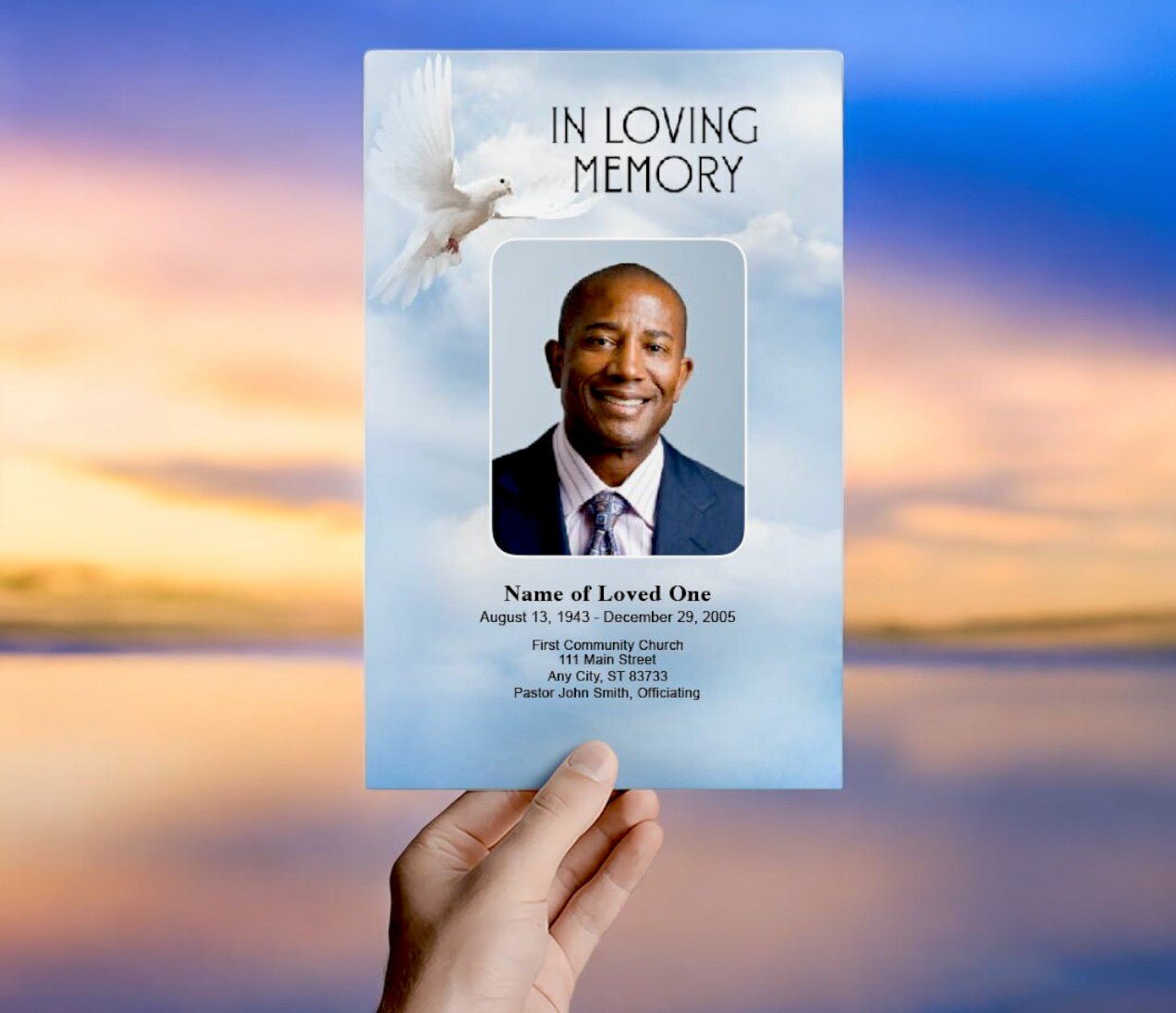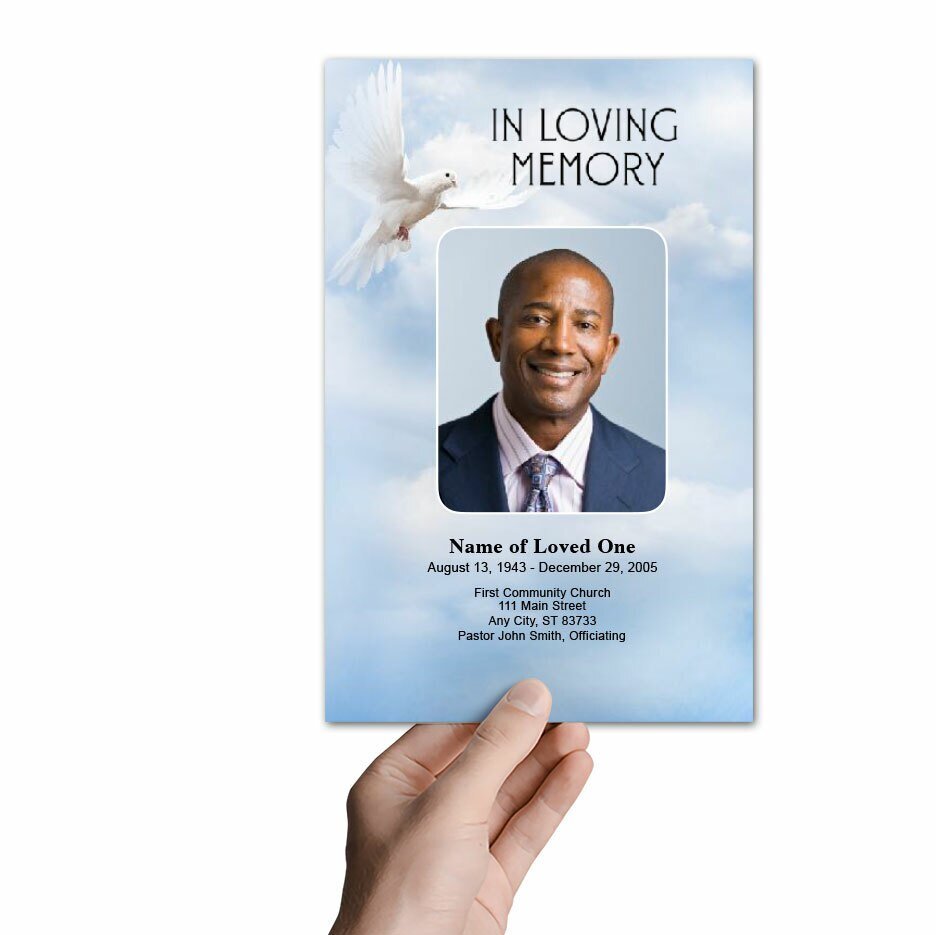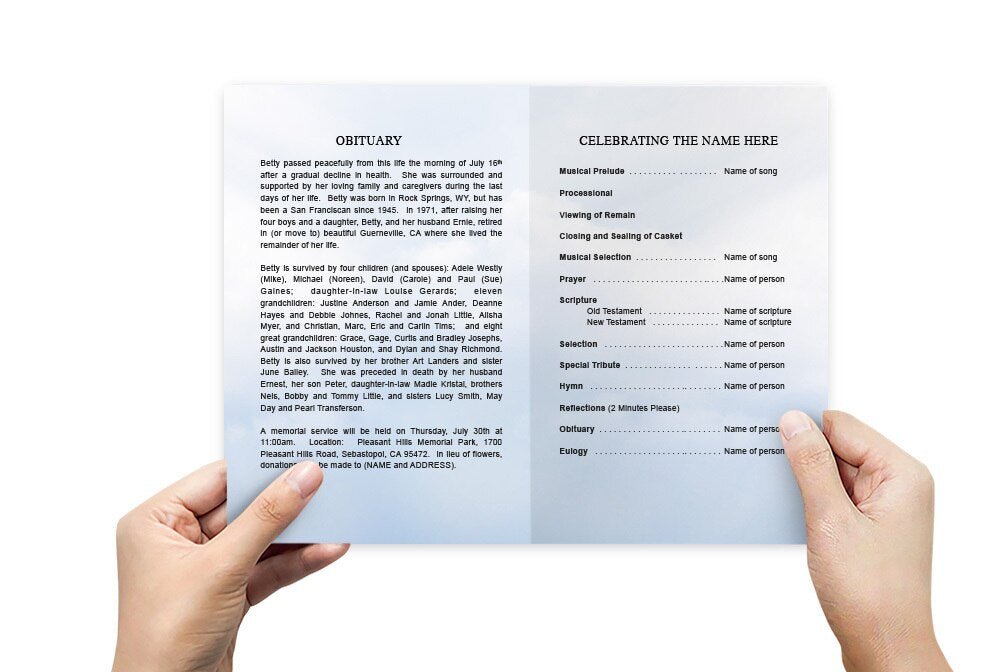How to write the program for a funeral?

A funeral program is more than a simple piece of paper—it is a heartfelt reflection of a loved one’s life and a guide for guests during a meaningful farewell. Writing a funeral program may feel overwhelming, especially while navigating grief, but having a clear structure and process can ease the task. This guide explains how to write a funeral program step by step, with tips on organization, wording, and personalization. With the help of trusted resources like The Funeral Program Site, you can create a beautiful, affordable program with confidence and compassion.
What Is a Funeral Program?
A funeral program is a printed or digital document distributed to attendees at a memorial, funeral, or celebration of life. It outlines the order of service and includes information about the deceased, participants in the service, and often personal tributes such as poems, photos, or scriptures. The funeral program serves as both a roadmap for the event and a lasting keepsake for friends and family.
Step-by-Step: How to Write a Funeral Program
Writing a funeral program involves both gathering content and designing the final layout. Below is a detailed guide to walk you through the process.
Step 1 – Gather Essential Information
Start with the Basics
Collect the full legal name of the deceased, date of birth, and date of passing. These are typically displayed on the front cover of the funeral program, often with a portrait or cherished photo.
Confirm the Service Details
Document the location, date, and time of the funeral or memorial service. Also, collect the name of the officiant, clergy, or speaker leading the service.
Step 2 – Plan the Order of Service
Typical Structure of a Funeral Program
The order of service is the core of a funeral program. This structured list allows attendees to follow along and understand what’s next. A standard layout might include:
-
Musical Prelude
-
Opening Prayer or Welcome
-
Scripture Reading or Poem
-
Musical Selection or Soloist Performance
-
Eulogy or Reflections
-
Final Words or Benediction
-
Recessional
Tips for Organizing the Order of Service
-
Consult with the officiant or clergy to finalize the timeline.
-
Include the names of speakers or readers next to each part.
-
Be mindful of the ceremony’s tone—religious, non-religious, traditional, or casual.
-
List hymn numbers or lyrics if music will be sung together.
Step 3 – Write the Obituary or Life Tribute
What to Include in an Obituary
The obituary or life tribute shares a short biography of the person being honored. It typically includes:
-
Birthplace and birthdate
-
Education, work, or military service
-
Family members (spouse, children, siblings, etc.)
-
Personal achievements and hobbies
-
Community or faith involvement
-
Legacy and personality traits
H4: Tips for Writing a Meaningful Tribute
-
Write in a warm, respectful tone.
-
Use specific anecdotes to illustrate the person’s character.
-
Include uplifting and heartfelt language.
-
Consult with other family members to ensure details are accurate.
Step 4 – Add Personal Touches
Poetry, Quotes, and Scriptures
Adding a poem, inspirational quote, or spiritual verse gives the funeral program an emotional dimension. Choose texts that reflect the beliefs, interests, or sentiments of the deceased.
Include Additional Photos
You can include a photo collage, childhood images, or candid shots from family events. Use a tasteful layout to avoid overcrowding the page.
Personal Messages from Family
Some families include a written message or letter from a close family member. This personal note can express love, gratitude, and memories.
Step 5 – List Acknowledgments and Participants
Honoring Those Who Helped
In the final section or on the back page, acknowledge:
-
Pallbearers or honorary pallbearers
-
Ushers or service coordinators
-
Musicians or soloists
-
Clergy or officiants
-
Medical staff, hospice workers, or spiritual advisors
H4: Thank You Message
A brief thank-you message to guests or supporters is a thoughtful touch. For example:
“Thank you for your support, love, and prayers during this time. Your kindness and presence mean more than words can express.”
H2: Step 6 – Choose a Funeral Program Layout
H3: Bifold vs. Trifold Formats
The most common types of funeral program layouts are:
-
Bifold (single fold, 4 panels): Simple and easy to print at home.
-
Trifold (2 folds, 6 panels): Offers more space for content and photos.
-
Graduated Fold: Tabbed style, ideal for longer tributes.
-
Gatefold: Opens from the center like a gate, visually striking.
-
Booklet Style: Ideal for large memorials or extended bios and photo galleries.
H4: Selecting the Right Design
Use a template that fits the tone and size of the ceremony. Websites like The Funeral Program Site offer hundreds of editable designs—from floral and scenic to religious and modern.
Step 7 – Edit and Proofread Carefully
Double-Check All Details
Typos, name errors, or incorrect dates can be painful in printed memorial materials. Always:
-
Confirm the spelling of names
-
Review the service timeline with clergy or hosts
-
Proofread for grammar, clarity, and tone
-
Print a sample copy before printing all
H4: Ask for a Second Set of Eyes
Have another family member or friend review the final version. Fresh eyes can catch small mistakes or make suggestions that improve the overall flow.
Helpful Tools and Services
Use a Funeral Program Template
Using a funeral program template makes the writing and formatting process easier and faster. Sites like The Funeral Program Site offer:
-
Downloadable Word, Pages, and Publisher templates
-
Instant delivery
-
Drag-and-drop photo integration
-
Custom font and color selection
H3: Professional Design Services
For those short on time or overwhelmed by the process, The Funeral Program Site also offers:
-
Custom design services starting at $49.95
-
Same-day printing and shipping
-
Matching keepsakes: bookmarks, prayer cards, and fans
-
Video tutorials and live customer support
Why a Well-Written Funeral Program Matters
A beautifully written and designed funeral program becomes more than an event guide—it becomes a legacy. Mourners often take these programs home, treasure them in photo albums, and refer back to them years later. They hold a tangible piece of the love shared and the memory honored.
Taking the time to write a detailed and heartfelt funeral program ensures that your loved one is remembered with grace, dignity, and beauty. Whether you choose to design it yourself or seek professional assistance, you’re creating something that captures a life lived and a love that never ends.
Final Thoughts
Writing a funeral program is one of the most personal and powerful ways to honor a loved one. With careful planning, kind words, and meaningful details, you can create a tribute that guides guests through the ceremony while providing lasting comfort to family and friends.
Whether you need a simple template or a custom-designed keepsake, The Funeral Program Site has everything you need to create a funeral program that is affordable, professional, and filled with love. Their downloadable designs and support resources make it easier than ever to write a program that truly celebrates the life and memory of someone special.





























